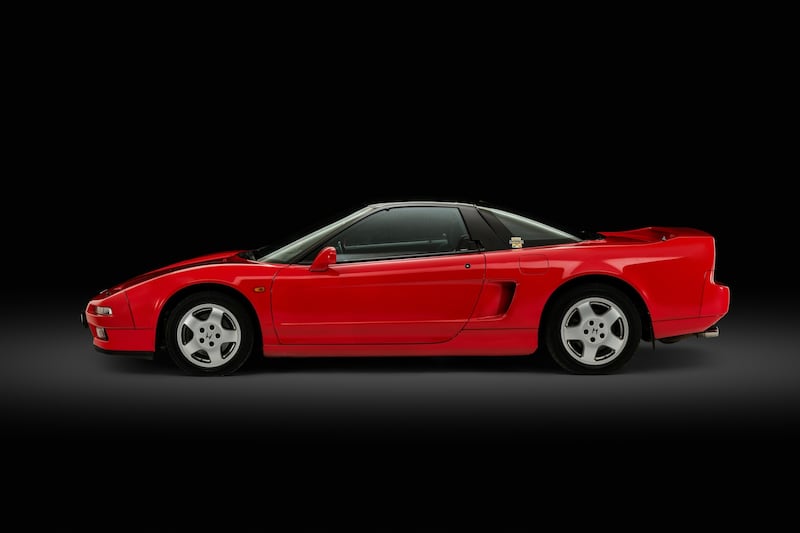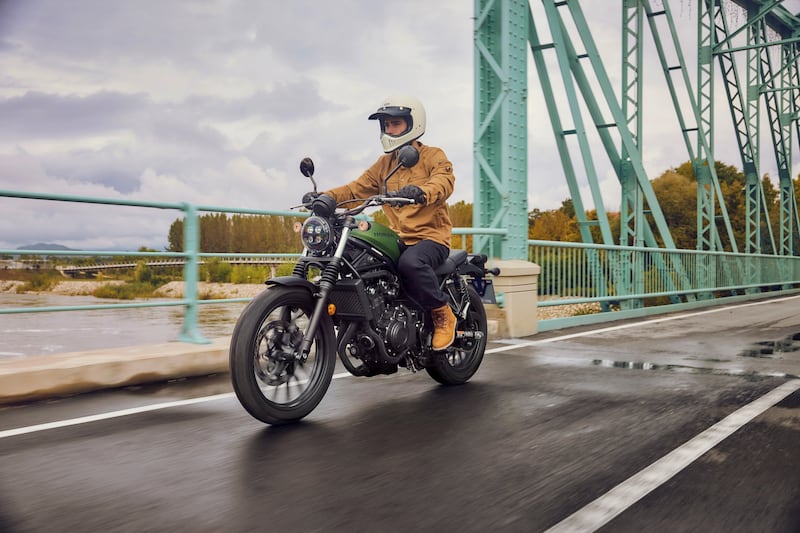THE car featured elsewhere in Drive today is a new Honda, writes William Scholes.
It's called the HR-V and is a crossover, meaning it is one of those family hatchback-meets-SUV mash-ups that now accounts for a quarter of the European car market, like a Renault Captur or Kia Sportage.
Before getting to the HR-V in detail - you can read about it on the opposite page - it is probably worth spending a bit of time thinking first about Honda, for Honda is a curious car company.
In the mid- to late-1980s, as my own interest in cars was reaching Mastermind specialist subject levels, Honda was cutting-edge and unafraid to do things its own way.
There was an engineering-led purity to its cars that was impossible to ignore. It was, if you like, the Japanese BMW.
As I write this, I have in front of me a pile of my old Observer's Book of Automobiles.
As a child, I used to pore over these chunky guides, memorising the information on each car featured; to flick through their pages now is to be reminded just how far ahead Honda was from its contemporaries.
Just as Ayrton Senna and Alain Prost were several laps in front of the competition on the world's race circuits in their Honda-powered McLaren Formula One cars, so too was the engineering in a Civic or Accord superior to that found in a Ford Fiesta or Escort.
The company was offering 16 valve engines and electronic fuel injection long before they became standard on European rivals, it came up with its Vtec system to allow the valve timing of its engines to be altered - so creating some of the finest internal combustion engines ever to suck petrol - and you could even order a Honda with four-wheel-steering.
When it came to offering an alternative to cars like the dreary Escort, Vauxhall Astra and Austin Maestro, Honda gave us the Integra EX 16.
Not only did it have a name that, to a primary school boy at least, sounded way better but it had - wait for it - pop-up headlamps. A family car with pop-up headlamps... how cool was that?
At the time, my father tried to buy one of these space age family cars with its sweet 1.6-litre 16 valve engine and sporty styling, but was greeted with apathy by the dealer and bought something else instead; of the great many cars he has owned since, none has been a Honda...
It might not have been too bothered about selling cars, but Honda was obsessed with petrol engines.
Honda used to say it wouldn't build a diesel engine. They were too noisy, too dirty, vibrated too much. They weren't, in other words, Honda enough.
But when Europe's appetite for diesel became impossible to ignore, it plumbed a Rover-sourced unit under the bonnet of the Accord.
This clearly wasn't good enough - which could be said of its liaison with Austin Rover in general - so Honda set about making its own diesel engine which, when it debuted in the Accord, was widely regarded as the best of its kind.
What happened next is what has become typical of Honda, and symptomatic of why the company so frustrates enthusiasts. Having built a brilliant diesel engine, Honda didn't really do much to develop it, not in comparison to the likes of BMW.
A smaller diesel engine took years to arrive, for example. When it did come, it was brilliant, of course, but now others have again caught up or overtaken it. Such is the pace of development in the car world...
It also took too long to adopt turbocharging on its petrol engines and the styling of the cars can be alienating - the Civic, for all its great merits, seems to have been particularly victimised by the design department, a state of affairs which has not improved with the new version of that car.
The HR-V, in fact, typifies Honda's ability to perplex.
The car on these pages is the second Honda to wear an HR-V badge.
The first was also a small crossover - before we knew what a crossover was, or how popular they would become - built between 1998 and 2005.
That original HR-V was an advanced concept and if you see one on the road today, it doesn't look like a near-20 year old design but manages to look fresh and contemporary.
Yet having given us what was one of the first small crossovers, Honda went and abandoned the sector.
The larger CR-V continued to uphold Honda's honour in the size-class above.
But as cars like the Mini Countryman and Nissan Juke have been showing for more than five years, there is great demand for smaller crossovers - and having almost invented this type of car, Honda was in the position of having nothing to offer buyers.
Until now, that is...





